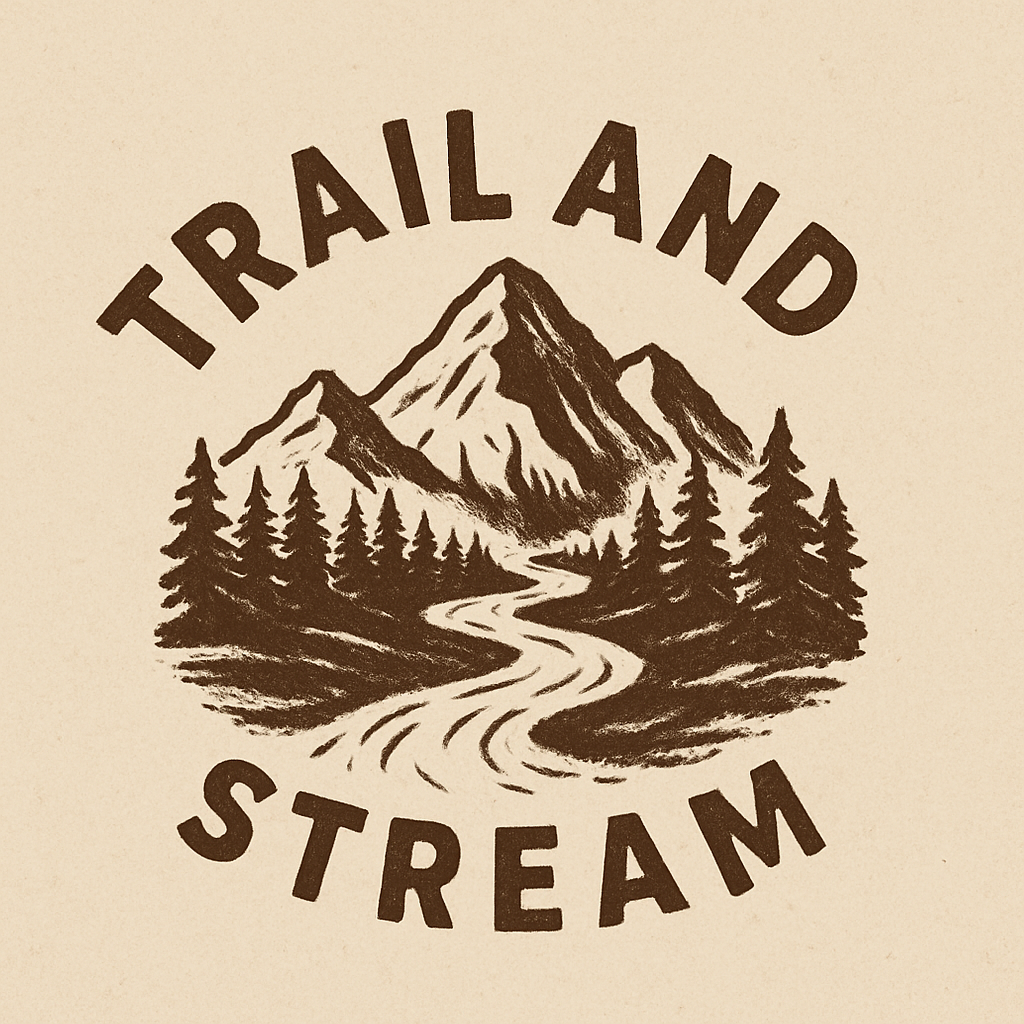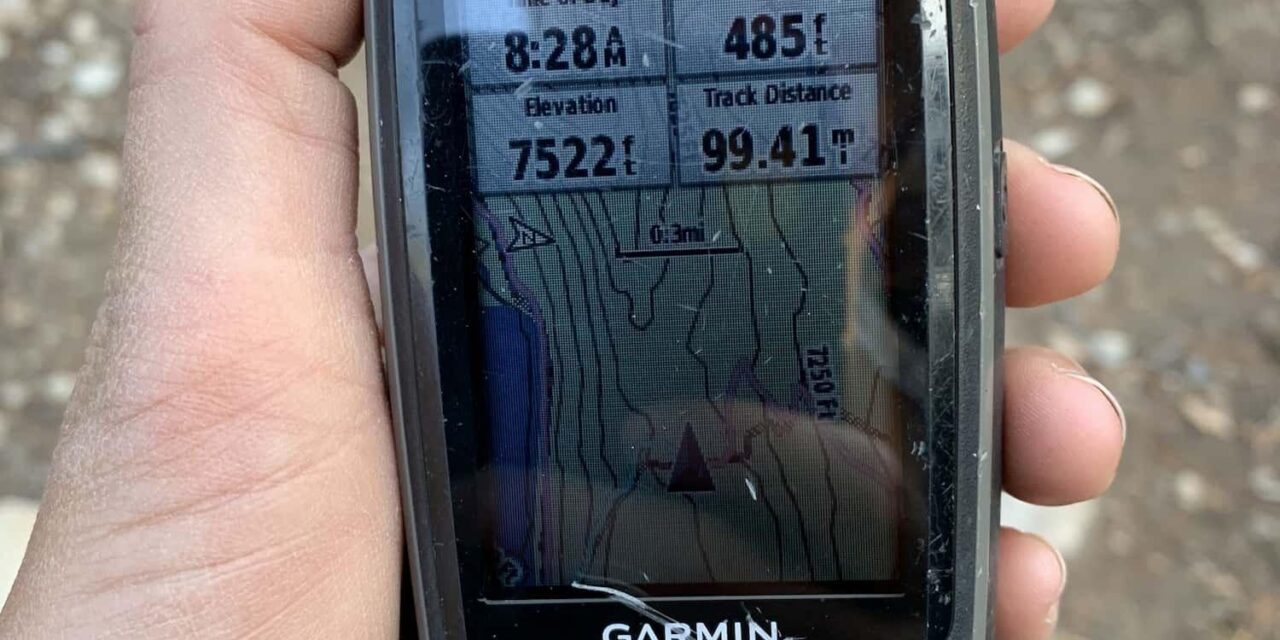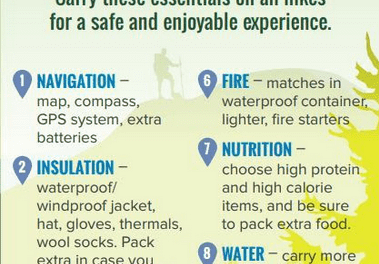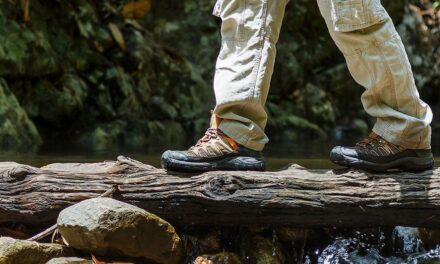Essential Guide to Choosing the Best Hiking GPS Device and Safety Gear for Your Adventures
Estimated reading time: 8 minutes
Table of Contents
Key Takeaways
- Hiking GPS devices provide accurate navigation, mapping, and emergency communication features that enhance safety and confidence during outdoor activities.
- Traditional tools like compasses remain essential backups, especially in areas with poor satellite signal or in case of device failure.
- Building a comprehensive hiking safety kit with first aid supplies, emergency tools, and communication devices is crucial for handling unexpected situations.
- Using an emergency whistle can significantly increase your visibility and safety by attracting attention from rescuers or fellow hikers.
- Preparation and knowledge are fundamental; familiarizing yourself with your tools and understanding weather and terrain conditions helps prevent accidents.
Understanding the Hiking GPS Device
What is a Hiking GPS Device?
A hiking GPS device is a specialized electronic tool designed for outdoor navigation. It utilizes satellite technology to provide hikers with precise location tracking, detailed topographical maps, and various navigational features. Unlike traditional maps or compasses, GPS devices can pinpoint your exact location on a digital interface, making it easier to navigate unfamiliar trails. To learn more about navigation options without technology, you can explore how to navigate without technology.
Benefits Over Traditional Navigation Tools
While a compass and paper map are timeless tools, hiking GPS devices offer notable advantages:
- Accuracy: Provide real-time location updates within a few meters margin of error, surpassing traditional maps that depend on interpretation.
- Ease of use: Features like touch screens and preloaded maps make navigation accessible even for beginners.
- Emergency features: Many models include satellite messaging or distress signals, which are vital during emergencies.
According to Nail the Trail, these devices greatly enhance safety by complementing traditional navigation methods.
Key Features to Look For
When selecting a hiking GPS device, prioritize the following features:
- Mapping: Detailed and topographic maps improve terrain understanding.
- Battery Life: Long-lasting batteries are essential for extended hikes.
- Durability: Waterproof, shockproof designs withstand tough outdoor conditions.
Popular options include the Garmin GPSMAP 67i, which offers multi-band GNSS and satellite messaging, and the Family1st Portable GPS Tracker for lightweight, real-time tracking.
The Best Hiking Compasses for Accurate Navigation
Importance of a Compass
Despite technological advances, a compass remains a fundamental navigation aid. It acts as a reliable backup when devices malfunction or run out of power. Improving your compass skills enhances overall navigation safety. For tips on using traditional methods, see how to navigate without technology.
Top-Rated Hiking Compasses
Here are some of the best compasses known for dependability and key features:
- Suunto MC-2: Features adjustable declination and a mirror for precise sighting. Built for rugged use.
- Silva Ranger 515: Waterproof and includes a sighting mirror, ideal for adverse weather conditions.
- Brunton TruArc 15: Simple, user-friendly design with accurate readings in challenging terrains.
When to Rely on a Compass Over GPS
Situations favoring compass use include:
- Areas with dense forests or canyons where satellite signals are weak.
- Extended trips where device batteries may drain.
- Emergencies requiring quick orientation adjustments.
Building Your Hiking First Aid Kit
Importance of a First Aid Kit
A hiking first aid kit can be life-saving. It helps manage injuries promptly, preventing minor issues from worsening. For comprehensive safety protocols, check out our outdoor safety checklist.
Essential Items to Include
Consider including:
- Adhesive Bandages: For small cuts.
- Antiseptic Wipes: To disinfect wounds.
- Gauze and Medical Tape: For larger injuries.
- Pain Relievers: To ease discomfort.
- Elastic Bandage: For sprains.
- Tweezers: For splinters or ticks.
- Emergency Blanket: To retain body heat.
Customize your kit based on personal health needs and specific hiking conditions.
The Role of an Emergency Whistle in Hiking Safety
Why an Emergency Whistle is Crucial
A emergency whistle is a simple yet critical safety tool. Its loud sound can be heard over long distances, increasing your chances of rescue.
Recommended Types of Emergency Whistles
Notable options include:
- Fox 40 Sonic Blast Whistle: Pea-less, lightweight, and weather-resistant.
- Storm Safety Whistle: Designed for extreme outdoor conditions and long-distance sound projection.
Scenarios Where a Whistle Could Be Life-Saving
- If separated from your group or lost, a whistle helps rescuers locate you.
- In injuries, blowing a whistle can draw attention to your location.
Essential Hiking Safety Tips
Preparation is Key
Successful hikes depend on thorough preparation:
- Carry Navigation Tools: Ensure you have a reliable hiking GPS device, compass, and area maps.
- Inform Someone: Share your route and expected return time with a trusted person.
- Pack a First Aid Kit: As emphasized earlier, it’s essential for emergencies.
- Check Weather: Monitor forecast updates to avoid surprises in mountain regions.
Using Tools Effectively
Familiarize yourself with your navigation tools before heading out. Practice using GPS features and compass calibration. Always stay on designated trails to minimize risks and protect the environment.
Conclusion
By integrating a hiking GPS device, quality compass, comprehensive first aid kit, and an emergency whistle into your gear, you significantly improve safety and confidence during outdoor adventures. Proper preparation and knowledge empower you to handle unforeseen situations effectively. Whether you’re a beginner or a seasoned hiker, investing in the right tools ensures your hikes are enjoyable, safe, and memorable. Embrace these safety practices and tools on your next journey into nature.
Remember, the best hikes are those taken with preparation, confidence, and a spirit of adventure. Happy hiking!
Frequently Asked Questions
What is the best GPS device for hiking?
The Garmin GPSMAP 67i is highly recommended for its multi-band GNSS accuracy and built-in satellite messaging. It offers detailed topographic maps, long battery life, and rugged design, making it suitable for various outdoor conditions. For more options and reviews, visit Nail the Trail.
Can I rely solely on a compass for navigation?
While a compass is a reliable backup, it’s advisable to use it alongside other tools like a detailed map and GPS device. Combining multiple navigation aids ensures better safety, especially in challenging terrains or areas where satellite signals are poor.
What items should be included in a hiking first aid kit?
A comprehensive kit should contain adhesive bandages, antiseptic wipes, gauze, medical tape, pain relievers, elastic bandage, tweezers, and an emergency blanket. Customize it based on personal health needs and the specific environment of your hike.
How effective is an emergency whistle?
An emergency whistle can be heard from far distances and is an inexpensive, reliable safety tool. It is effective for signaling for help, especially if you are lost, injured, or separated from your group.





